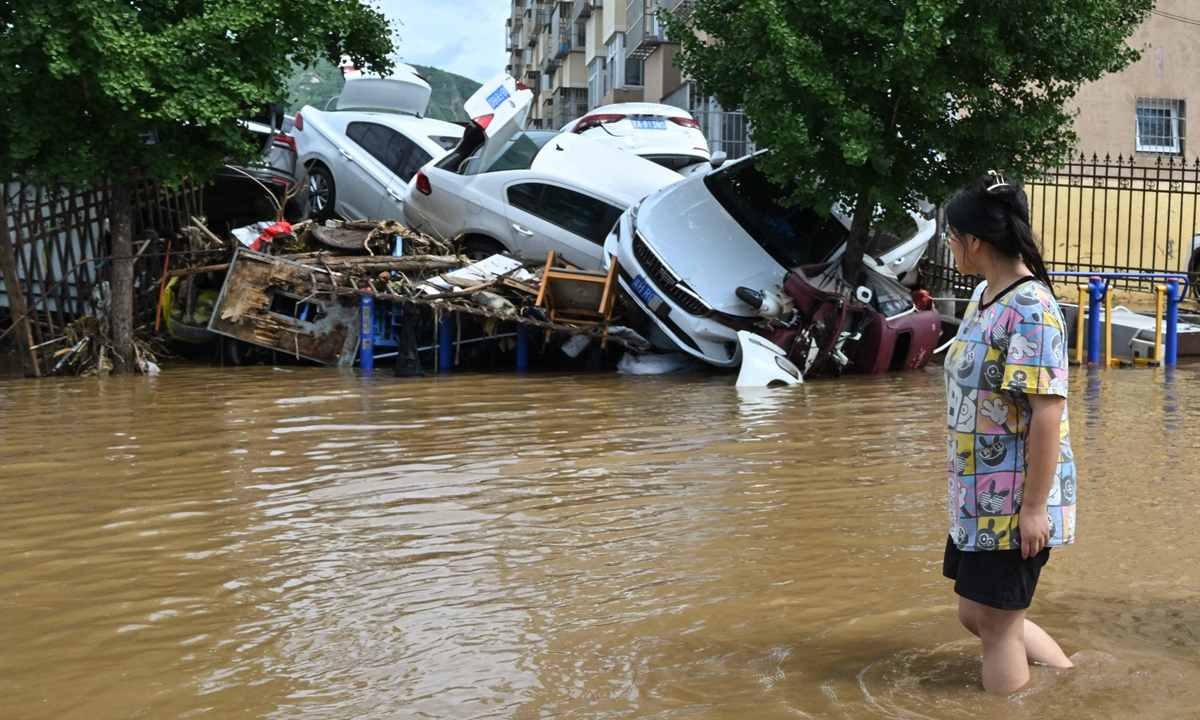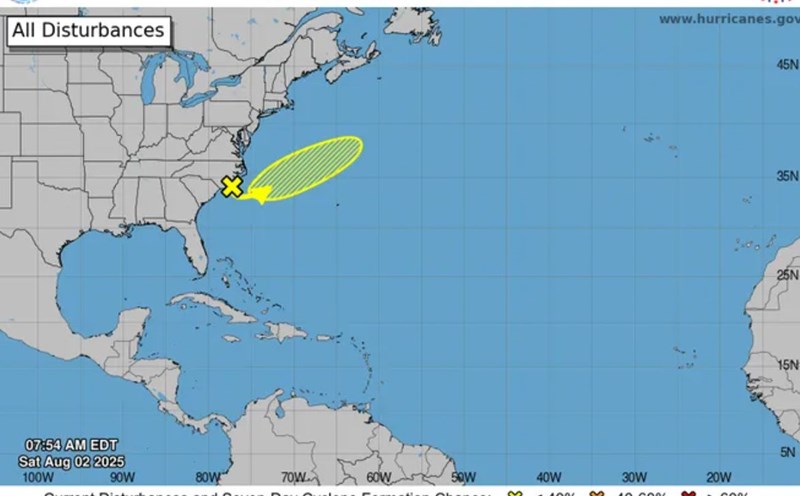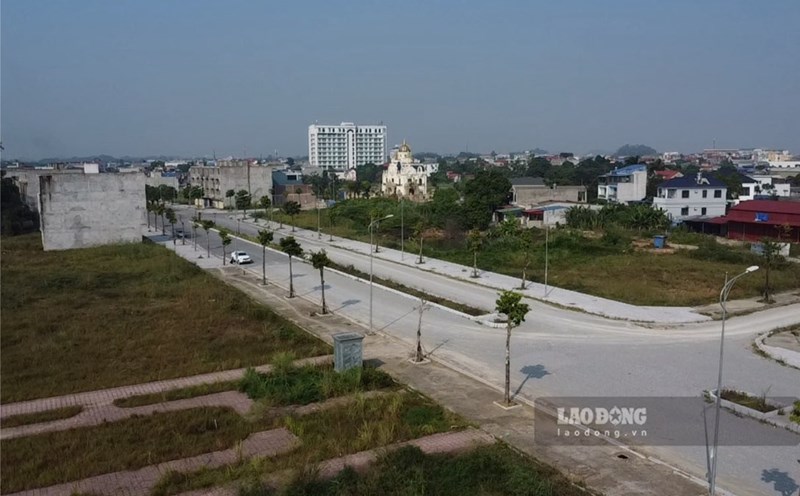According to the Beijing Emergency Management Department, accumulated rainfall is expected to exceed 50mm in most areas, and may exceed 100mm in remote mountainous areas, between 2:00 p.m. on August 4 and 8:00 a.m. on August 5.
Secondary geological phenomena such as flash floods, landslides and mudslides are likely to occur in mountainous areas and mountain foothills, while flooding may occur in low-lying areas.
The risk of flash floods has increased significantly in nine districts of Beijing, including mountainous and border areas. The city government has immediately activated a mechanism to respond to extreme weather, blocking high-risk sections such as steep slopes, underpasses, overpasses, sewers and landslides that had been previously identified.
The entire dangerous area will be strictly controlled, prohibiting people and vehicles from entering and leaving to absolutely avoid casualties. Rescue teams and drainage pumping equipment have also been deployed at areas that were once heavily flooded.

Beijing Public Transport Agency said it has made a special plan for Monday morning's rush hour (August 4). The metro will adjust capacity according to passenger traffic, deploy more reserve trains at main stations, and apply crowd control measures. Buses increase staff at bottlenecks, arrange reserve vehicles and increase frequency to shorten waiting time for passengers.
Along with a warning of heavy rain, Beijing also issued a level 3 (yellow) landslide warning on the afternoon of August 3. Areas at risk of subsidence, landslides and high mud slides include: Tay Phong Son, Mon Dau Cau, west and northeast of Xuong Binh, the entire Dien Khanh, central and northern Hoai Nhan, west and east of Mat Van, as well as northern Binh Coc.
Although the flood discharge at Mat Van reservoir has decreased, the water flow in Trieu Ha, Bach Ha and Trieu Bach Ha rivers is still very strong. Inspection teams are still closely monitoring and reinforcing dykes, bridges and culverts and riverside roads.
Notably, Quan Dinh reservoir has increased discharge flow to 100 m3/s since August 1, causing the water level of Vinh Dinh river to rise significantly. The government warns people to absolutely not approach flood discharge channels, reservoirs, rivers and dykes, and not participate in near-water activities such as swimming, fishing, mountain climbing or picnicking along the stream to ensure safety.
In Binh Coc District, 5 reservoirs are still maintaining water discharge to regulate. Although the output has decreased, due to heavy rainfall from upstream and the water seeping into the soil, the structure of the embankment is being seriously threatened, especially at the location of water-side slopes and the foot of the embankment inland, where underground erosion and subsidence are likely to occur.
From July 23 to 29, China's capital Beijing suffered prolonged prolonged extreme rain, causing serious damage in mountainous districts such as Mat Van, Hoai Nhan, Dien Khanh and Binh Coc.
According to Xinhua News Agency, as of August 1, the city recorded 44 deaths and 9 missing people, of which 31 victims died at a nursing home in Mat Van district.












